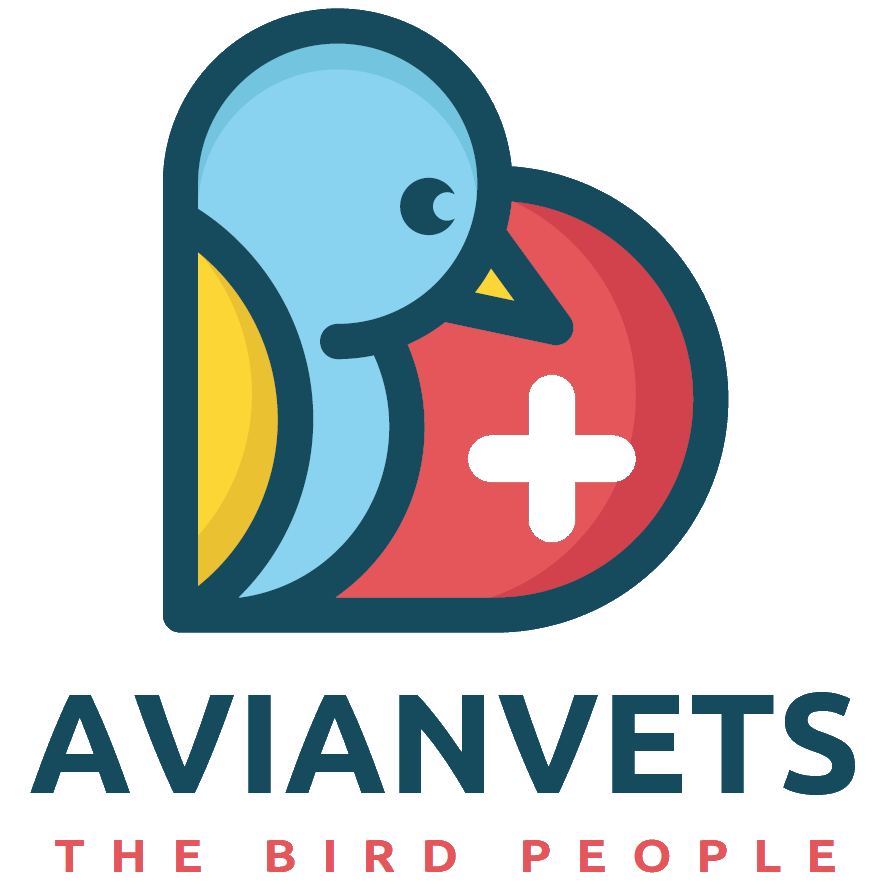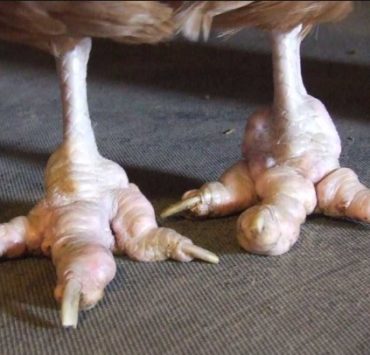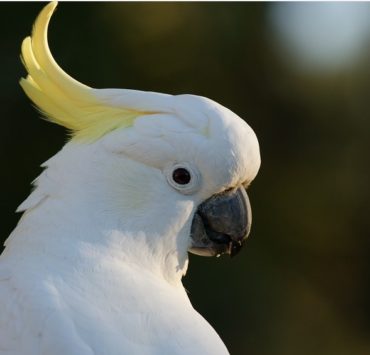
For such small birds, conures have mighty big personalities. What’s not to like about them? They’re smart, colorful, cuddly; basically everything you would want in a pet bird.
These companion parrots are native to South and Central America. They make up one of the largest groups of psittacine with more than 90 different species that exist.
Their sizes range from small – slightly larger than a parakeet – to medium-sized parrots like the striking Golden conure that weighs anywhere between 200 and 270 grams.
If you recently acquired this stunning bird or you’re thinking of getting one, we’ve put together a comprehensive guide on everything you need to know about caring for conures.
Types of Conures
Here’s a brief overview of some of the most popular types of conures that exist.
Sun Conure
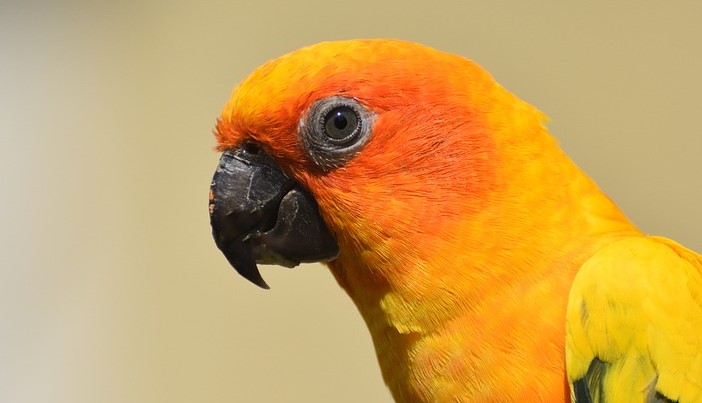
The Sun conure is remarkably striking, to say the least. It is predominantly orange and bright yellow, with dark orange-red highlights on its belly and cheeks.
It is highly sociable, loving, affectionate, and vocal. It ranks among the noisiest conures, so it may not be ideal for parrot lovers who live in apartments.
Green Cheek Conure
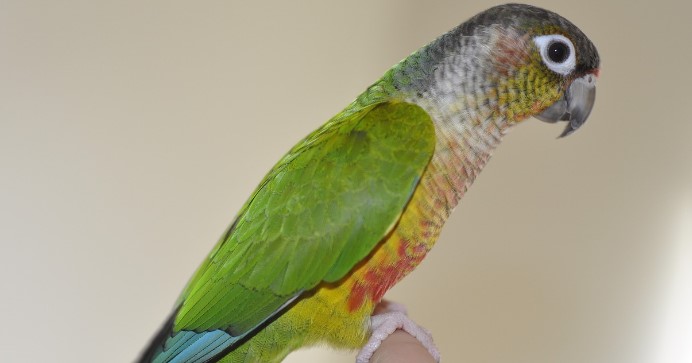
The Green Cheek conure has a predominantly green body with a little gray on its breast and a darker head. It has blue primary flight feathers and maroon tails.
It is a social bird and relatively quiet by conure standards. It can get a little feisty from time to time but is mostly a friendly, sweet-natured parrot that loves attention.
Blue Crowned Conure
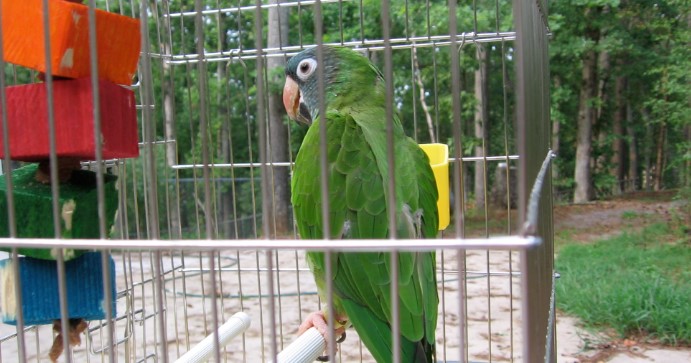
Also known as the Sharp Tailed conure, this beauty has a predominantly green body with a characteristic blue crown. It is intelligent and always ready to learn new tricks.
It does, however, tend to get a little noisy and destructive. If you have one or you’re planning to get one, make sure you give it plenty of toys to play with to keep it occupied.
Dusky Headed Conure
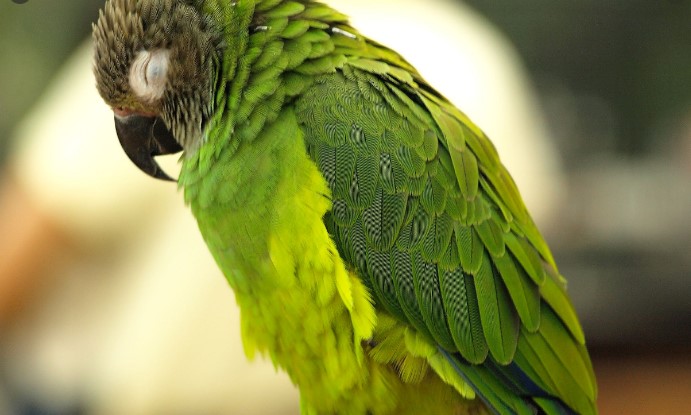
Compared to other parrots, the Dusky Headed conure is rather dull in color. It is predominantly green with a grayish-brown head and a yellow-green body.
It is rather mellow compared to other types of conures and a lot less demanding. If you have kids, this conure would make an excellent pet for them.
Jenday Conure
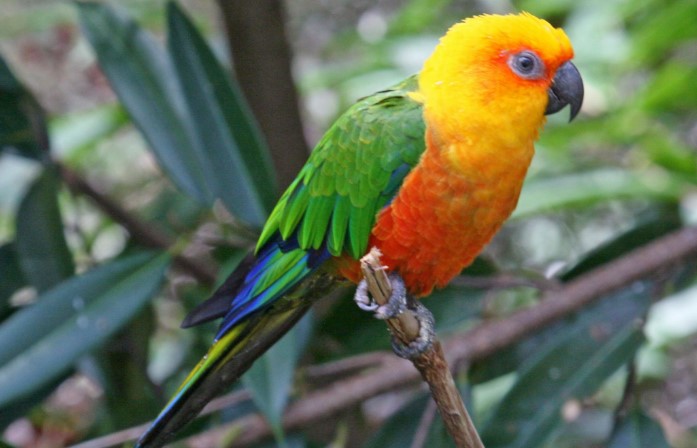
The Jenday conure is quite similar to the Sun conure in both its personality and striking good looks. Unlike the Sun conure, however, its colors are distinct.
It has a solid yellow head, bright green wings and upper body, and orange-red belly. It has a boisterous personality, is affectionate, and sociable.
Maroon Bellied Conure
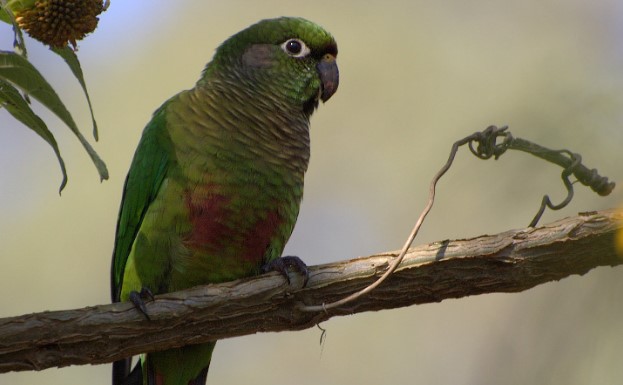
The Maroon Bellied conure is quite small compared to other species. It is predominantly green with a greenish-yellow breast and blue-green primary wing feathers. Its tail is green on top with a bit of maroon underneath.
It is a smart bird and is quite sociable and affectionate. Although it has a shrill call, it’s not nearly as loud as some of its boisterous cousins.
Red Masked Conure
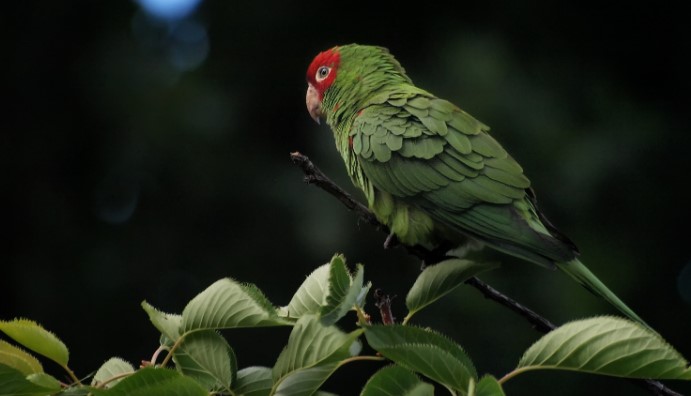
Also known as the Cherry Headed conure, the Red Mask conure happens to be one of the larger types of parrots that exist. It is very active and playful, which is ideally what you would want in a pet.
It has a predominantly bright green body with a bold redhead and a white ring around its eyes. It is an excellent mimic and can easily be trained to talk.
How Long Do Conures Live?
The average conure lifespan is 20 years, although many can live up to 30 years if cared for properly. Diet is the single most important thing that determines the lifespan of your bird, which begs the question – What do conures eat?
Most parrots eat a variety of nuts, grains, vegetables, berries, and fruits. You also need to provide them with foods that are rich in protein, calcium, and vitamins. You want to steer clear of high-fat foods like peanuts and sunflower seeds.
While seeds, in general, are highly palatable, they are nutritionally-deficient and could lead to malnutrition. They should only form a small part of a healthy, balanced diet.
Commercial pellets would be the most ideal food to give to your conure and should form approximately 80 percent of their diet. Pellets are designed to meet all your bird’s nutritional requirements.
The other 20 percent of your parrot’s daily diet should be made up of fruits and vegetables. Ensure that your conure has fresh water available at all times.
How to Take Care of a Conure Parrot
Aside from knowing what to feed your bird, equally as important to their wellbeing involves knowing how to bond with your conure. Their mental and emotional health also plays an important role in enhancing their longevity.
Conures are intelligent and highly social birds. They need constant mental stimulation; otherwise, they slip into depression.
Talking and interacting with your bird is critical to forming strong bonds. Providing them toys to play with and opportunities to forage can extend their lifespan by several years.
Like with humans, conures also need regular exercise. Keeping them locked in their cage all day with nothing to do can shorten their lifespan drastically.
One way to exercise your conure would be to place them on your arm, secure their feet with your other hand, and move your arm up and down to encourage them to flap their wings. You could also walk them up and down the stairs to work their leg muscles.
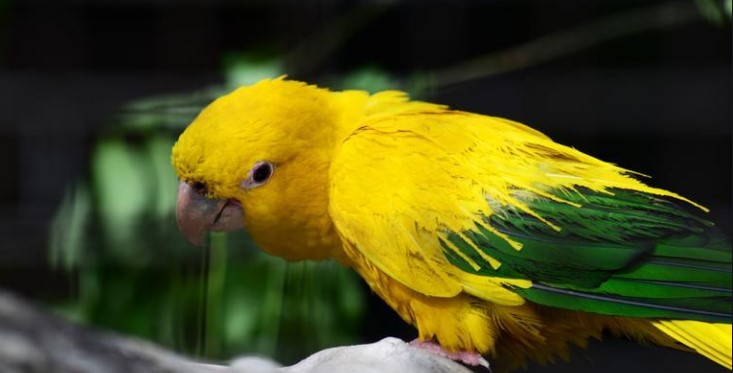
How to Tell if Your Conure Is Sick
Here’s a list of the common sick bird symptoms to look out for to know if your conure needs medical attention.
- Change in temperament
- Discharge and wetness around the nares
- Discolored, runny, or undigested poop
- Excessive sleeping
- Eyes half-closed or completely closed the majority of the time
- Frequent sneezing
- Lethargy
- Loss of appetite
- Not eating their favorite food
- Poop sticking to the feathers around their vent
- Puffed-up, poorly-preened, and/or plucked feathers
- Tail-bobbing when breathing
- Throwing up undigested or half-digested food
- Weight loss
If your conure exhibits any of the above symptoms, get in touch with an avian vet as soon as possible.
How to Feed a Baby Conure
If you’re hand raising a baby conure, start them on a pelleted diet. You also need to ensure that their food is in liquid form. The younger the bird is, the thinner and more dilute their food mixture should be.
The best feeding tool to use is a syringe, although you can use a spoon that has its sides bent upward and inward.
How to Bathe a Conure
If this is the first time you’re doing it, expect to be met with resistance. Nonetheless, you need to condition your conure to accept baths as part of their grooming routine, which is what they would do in the wild anyway.
Turn on the water faucet in your kitchen sink and make sure it’s lukewarm. Get your conure and let them perch on your hand.
Cup the warm water in your hands and let them drink from it. When they feel safe enough, they’ll voluntarily immerse themselves under the running water and bathe. Never force it on them.
Care for Your Conure
Taking proper care of your conure will ensure they live a long, happy, and healthy life. All they need is a balanced diet, regular exercise, mental stimulation, and social interaction, and they’ll live well into their thirties.
Learn how to recognize when they’re sick and get them the medical care they need to survive. This will also contribute to their longevity.
For more information on bird health, use our online Vet Chat to talk to any of our qualified avian veterinarians today.
